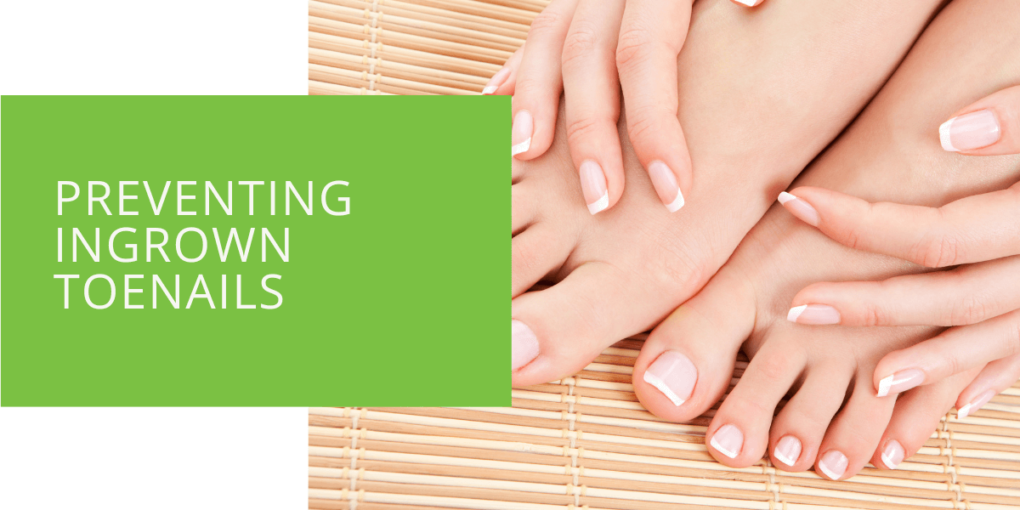Preventing Ingrown Toenails
Ingrown toenails can be a painful and frustrating foot problem, causing redness, swelling, and even infection if left untreated. Fortunately, there are steps you can take to prevent ingrown toenails from occurring in the first place. This article will cover the causes, symptoms, and treatment options for ingrown toenails, as well as tips for proper nail care and choosing the right footwear. You can keep your toes happy and healthy with the right prevention strategies.
What Are Ingrown Toenails?
Definition
An ingrown toenail, also known as an onychocryptosis, occurs when the corner or side of a toenail grows into the flesh of the toe. This can cause redness, swelling, and pain in the affected area, leading to infection if left untreated. Ingrown toenails are a common foot problem, especially among people with diabetes or other underlying health conditions.
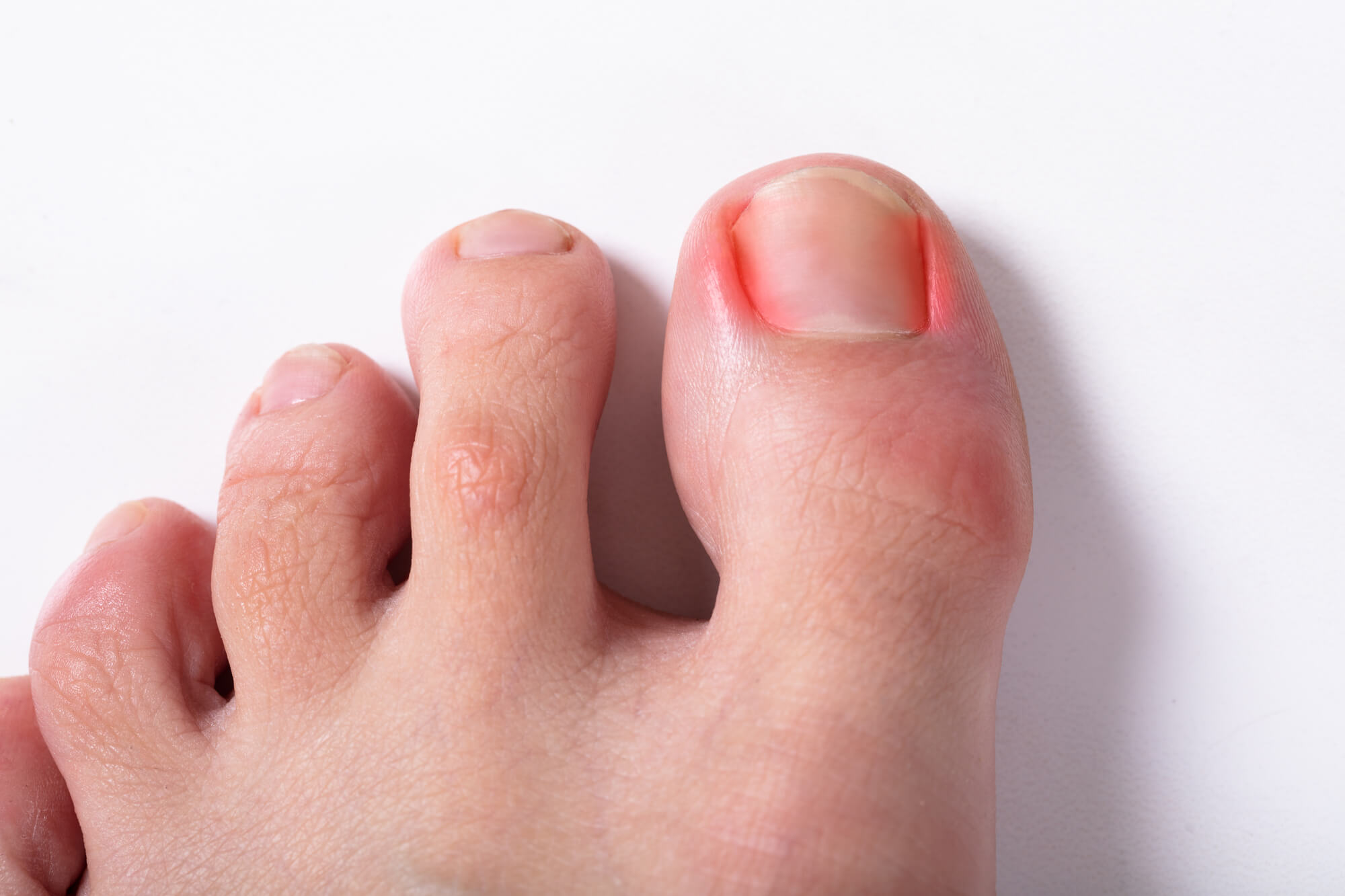
Causes
Several factors can contribute to the development of ingrown toenails. One of the most common causes is improper nail care, such as cutting the nails too short or rounding the corners instead of cutting them straight across. Wearing tight or poorly-fitting footwear can also cause the toenail to grow into the flesh of the toe.
People with diabetes or other health conditions that affect the feet are more likely to develop ingrown toenails, as these conditions can cause changes in the shape and thickness of the nails. Finally, genetics can also play a role – some people are more prone to developing ingrown toenails due to the shape and structure of their nails.
Symptoms
The most obvious symptom of an ingrown toenail is a pain in the affected area. You may also notice redness, swelling, and warmth around the nail, and you may be unable to wear certain types of shoes comfortably. In severe cases, an ingrown toenail can lead to infection, which can cause additional symptoms such as fever, drainage, and increased redness and swelling. If you experience any of these symptoms, it's important to seek medical treatment as soon as possible to prevent further complications.
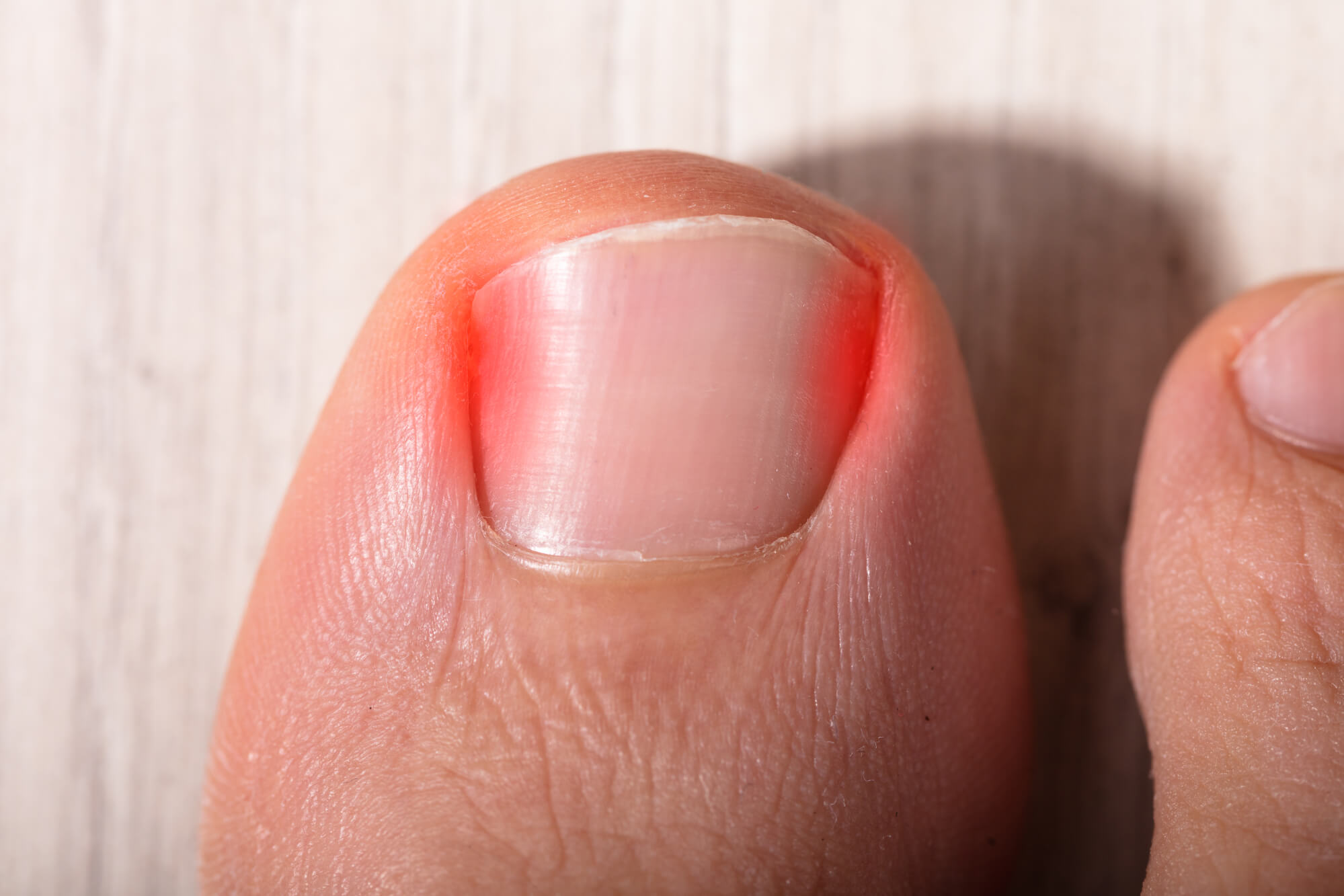
Treatment Options
Home Remedies
If you have a mild case of an ingrown toenail, you may be able to treat it at home using a combination of home remedies and over-the-counter pain medications. Soaking the affected foot in warm water several times a day can help to soften the skin and reduce swelling. You can also try placing a small piece of cotton or dental floss under the edge of the nail to lift it off the skin and prevent further irritation.
Medical Treatment
If home remedies are not enough to relieve your symptoms or an infection, you may need to see a podiatrist (a doctor specialising in foot and ankle care). A podiatrist can diagnose your condition and recommend the best course of treatment, which may include:
- Nail removal: In some cases, the podiatrist may recommend removing the entire nail or just the part of the nail that is ingrown. This is usually done with a local anesthetic to minimize discomfort.
- Antibiotics: If you have an infection, the podiatrist may prescribe antibiotics to help clear up the infection.
- Surgery: In severe cases of ingrown toenails, surgery may be necessary to remove the nail and prevent it from growing back in the wrong direction. This procedure is usually done with a local anesthetic and may require a period of recovery.
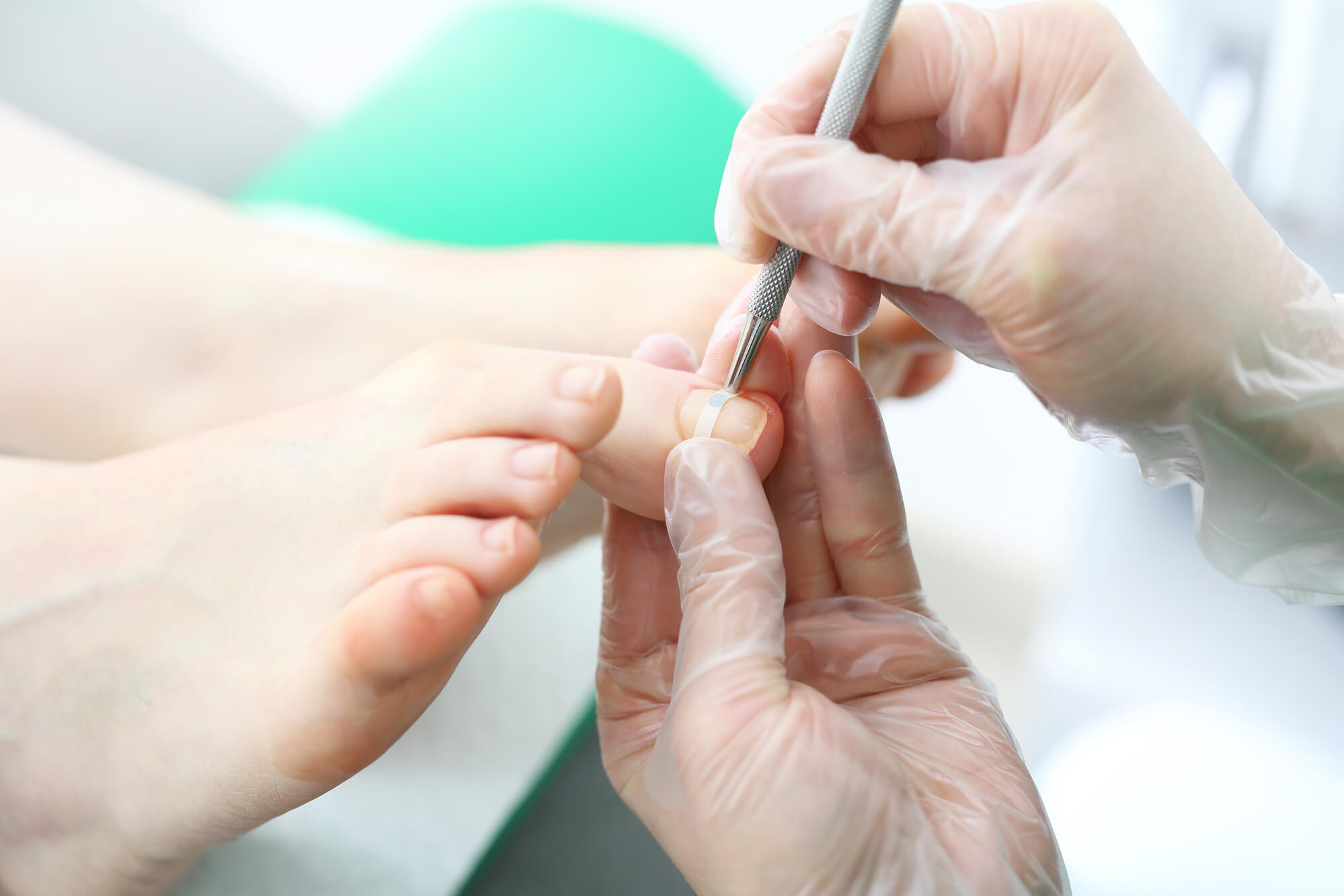
Prevention
Proper Nail Care
One of the most effective ways to prevent ingrown toenails is to take good care of your nails. Here are some tips for proper nail care:
- Cut your nails straight across: This will help to prevent the corners of the nails from growing into the flesh of the toes. Avoid rounding the corners or cutting the nails too short.
- Use the right clipper: Choose a clipper that is the appropriate size and shape for your nails. Avoid using scissors, as they can be more difficult to control and may cause uneven cuts.
- Trim your nails after a bath or shower: The heat and moisture will help to soften the nails, making them easier to trim.
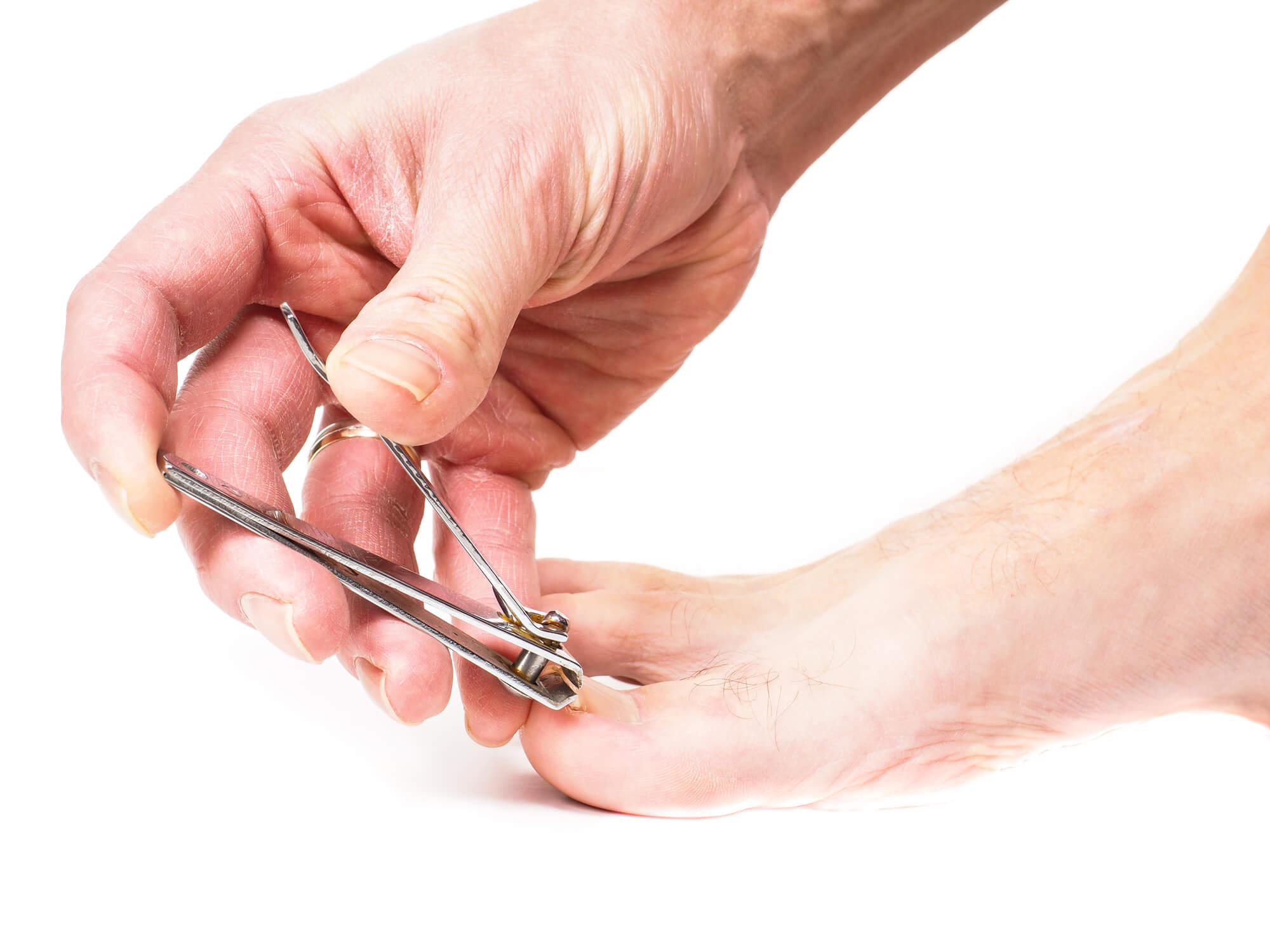
Wearing Proper Footwear
Wearing shoes that fit properly can also help to prevent ingrown toenails. Avoid shoes that are too tight or loose, as they can put pressure on the toes and cause the nails to grow in the wrong direction. Make sure to wear shoes with plenty of room for your toes to move around, and choose shoes made from breathable materials to help keep your feet dry.
Managing Underlying Health Conditions
If you have diabetes or other underlying health conditions that affect the feet, it's important to manage these conditions as best as possible. This may include controlling blood sugar levels, exercising regularly, and following a healthy diet. You can reduce your risk of developing foot problems like ingrown toenails by managing your overall health.
Conclusion
Ingrown toenails can be a painful and frustrating foot problem, but with the right prevention strategies, you can keep your toes healthy and happy. Following good nail care practices, wearing proper footwear, and managing any underlying health conditions can reduce your risk of developing ingrown toenails. If you experience symptoms of an ingrown toenail, don't hesitate to seek medical treatment – the sooner you get treatment, the less likely you are to experience complications.

